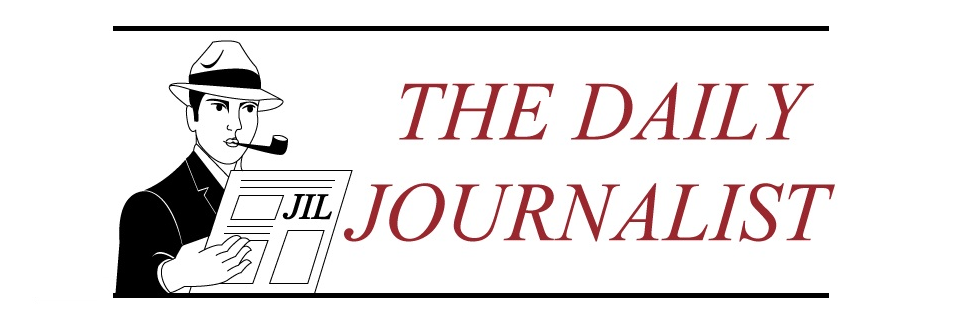By Anneke Scheepers.
When considering tertiary education, it important to take into account that there need be a holistic approach rather than looking at tertiary education in isolation, since there is an array of contributing factors: on that score, there also an array of challenges which impact tertiary education in the South African context. As part of a holistic approach to unpacking where the greatest challenges lie in this regard, one must firstly look at the starting point. This can be done in great detail; however for the purpose of this discussion, a high level approach is sufficient.
Tertiary education begins where secondary education ends and so one of the most important factors impacting tertiary education is the extent to which secondary education institutions are equipping scholars in preparation for tertiary studies. In the South African context, this is a controversial issue in that the standards of secondary education do not gel with or reflect the requirements of tertiary institution which leaves a fissure which in most cases cannot be bridged for various reasons ranging from cost to eligibility.
Another variable, relevant to the discrepancy between the standards of secondary and tertiary institutions is the fact that there is not enough economic support in this sense, which further aggravates the problem is that there is insufficient support from the state. Education is the most important investment that a state or government can make, this can be seen in the economic growth which took place in Asia over recent decades.
Aside from a strong work ethic these states realised the importance of having a capable work force and invested in education. In South African case is quite the opposite in that the state does not invest public money for the purpose of cultivating a well-educated youth. This results in the poor administration of the education system which in turn leads to a sub-par turnout of scholars.
Where this becomes controversial is with regard to the discourse pertaining to whether or not institutions of Higher Education ought to adjust their admission requirements to adapt to the status qou. In other words, whether the bar needs to be lowered to accommodate those who would not other gain entry due to their secondary education not bringing them up to the required standards is a hot topic since something needs to be done. Initially one may be inclined to dismiss such a notion in that it undermines the mission of tertiary education; which is to strive for excellence so as to produce well-adjusted graduates who are capable of attaining success in the respective fields and as a part of the South African work force.
However, something still needs to be done about the gap between secondary output and the requirements of tertiary institutions but it is the position of this paper that lowering the entry or admission requirements should be ruled out as a solution as it would only lead to a host of further challenges such as failure, higher drop-out rate and further disillusionment among scholars. A prospective solution should rather focus on the root of the matter; which is that schools are not producing the quality in learners which would make them eligible for tertiary studies. Arguable the best way in which to address this challenge is to bring up to par those who want to pursue tertiary studies, however the generic or classic bridging courses would most likely not yield the desired results.
Thus: firstly there ought to be research done in light of how best to improve the level of aptitude among prospective tertiary students; secondly this research need be relevant to various variables and contexts as opposed to a ‘universal’ approach in that each region may have different needs, although it may be tricky, it is also quite important to understand the ‘why’s’ and the ‘how’s’ and where they are applicable; thirdly the findings ought to be taken into account so as to allow for the best possible level of understanding of what went wrong and where prior to deciding on how to organise and tailor programs which would begin to resolve the issue; lastly, this should be done cohesively by all relevant role players such as the state, mainly the Department of Education, secondary education institutions as well as tertiary institutions.
Institutions of higher learning can contribute to the addressing of this challenge by opening its channels to come up with a practical approach to educate these learners. This can be done by affiliating with secondary schools which offer subjects that are relevant the tertiary courses offered by Institutions of higher learning, since there needs to be validation for investment by the Institutions of higher learning into such programs. Upon linking up with schools, these institutions can work parallel with the schools as well as the Department of Education to determine where the areas of development and to improve upon them.
In order for such a program to work, it will take more than the efforts of one or other institution. It is therefore pivotal that the state needs to come to the aid of this issue and avail funding to this end so that there may be a cohesive approach, focused on attaining results needed. The challenge of secondary standards not matching up with that of tertiary institutions is also very closely correlated to monetary issues.
Please feel free to contact me via Twitter to discuss this post!
@AnnekeScheepers


